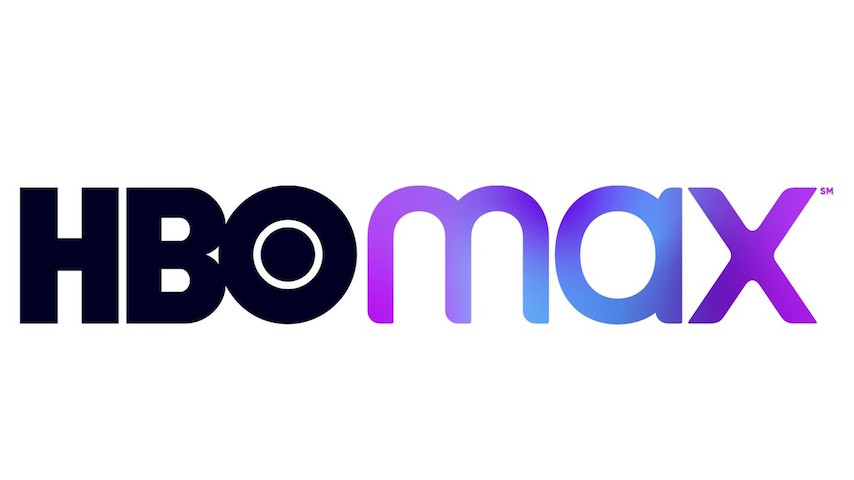
HBO Max’s Launch Failures Prove Accessibly Is King
by Allison KeeneThe loudest chorus on HBO Max’s launch day Wednesday wasn’t excitement over the breadth of its library content or complaints about buffering or server overload. It was “how do I get HBO Max?” Followed by, “I can’t get HBO Max??” Because despite a glossy ad campaign that touted the service’s expanded offerings—that is, a large selection (though not everything) in the WarnerMedia catalogue—the latest streaming platform never made it clear what it was, how it would integrate with the brand’s current apps and properties, or even where you could watch it.
Back in January, after executives explained the service to us at a Television Critics Association press panel, I wrote “the more I learn about HBO Max the less I know.” And yet I had no idea of the labyrinthian twists that remained in store for me and a nation of confused consumers. The problems started way back with the initial idea to call it “HBO Max.” Was it HBO? Would it supplant your HBO subscription? How much more would “Max” cost as an upgrade? Was it an upgrade?
This was, rather astonishingly, never made clear. By all accounts, WarnerMedia thought it was clear, but why they thought this is pretty unfathomable. Because as we all discovered on launch day, 80 million households with Roku or Amazon Fire TV were not able to access the app. A deal with Comcast only happened hours after the launch, and only for a certain cable subscription tier (which wasn’t made clear—no surprise). One of our writers updated her HBO Now app to HBO Max when prompted, only to find that HBO Max wasn’t supported on her player, and there was no way to revert to HBO Now. Now you have … nothing.
The Roku and Amazon issue came out of failed corporate negotiations. But even if AT&T (WarnerMedia and HBO Max’s parent company) feel like Roku and Amazon are trying to fleece them in the deal (and I’m not saying they aren’t), what is the price of the loss of consumer confidence in the HBO Max brand, not to mention the tangible barrier of missing out on (as Variety notes in the link above) 80 million households?
The biggest shame here is that HBO Max is actually a great value for customers. Let’s assume that you already had an HBO subscription (and let’s also assume it’s one that qualifies for HBO Max—which is a whole other kettle of fish), and let’s also assume you are able to play the HBO Max app on something (Apple TV, or maybe your Playstation). Your $14.99/mo for HBO now gives you access, at the exact same price point, to a massive library of Warner properties. That includes programming from Turner channels (TNT, TBS, TCM, Adult Swim, Cartoon Network), the entire HBO back catalogue, Warner movies, DC TV shows and movies, as well as the full Harry Potter collection (a deal struck an hour before launch).
Granted, there are problems here, too. HBO Max is not giving you everything from those aforementioned properties. Instead, it is presenting a “curated” selection. Part of this strategy, as explained to us at the TCA panel, is to provide a kind of brand sampling. If you are interested in a “deeper fan experience,” you can subscribe to that separate platform. For example, if you watch Doom Patrol on HBO Max and want more DC series, you can subscribe separately to DC Universe to watch Titans or Swamp Thing. Further, the Turner Classic Movies available on HBO Max won’t render your cable subscription that includes TCM obsolete; some movies will still only be available there.
So yeah … still lots of confusion.
Still, HBO Max is no Quibi; it’s too big to slip away quietly into obscurity. But the launch failures have set the service back from being a major competitor yet to, say, Netflix. WarnerMedia has an incredible library of programming. At that price point, it can easily be a one-stop shop for viewers looking for a huge variety at a low cost. But what HBO Max didn’t learn from Quibi’s failure is that accessibility is everything. People do not, actually, want to watch movies on their phones. We’re spending a lot of money on massive television screens, ones that come with built-in app platforms like Roku and Amazon. To not prioritize that seems exceptionally short-sighted, and to bring that fight to the public … well, you won’t win. More people are invested in their Roku and Amazon TVs than they are in yet another streaming service that isn’t even clear about what it is. (Even if, as noted, it’s actually a darn good deal). As of today, yours truly does not have a platform that can access HBO Max on any device except my laptop. I don’t find it worth it, then, to pay $14.99 a month to watch a random assortment of programming just on my computer. It’s frustrating to say the least.
In the coming weeks and months, some of these issues will be ironed out, or they won’t. HBO Max will find its place, probably somewhere between its current bitter rival Amazon Prime and the far more niche Apple TV+. It will start launching original programming, or extensions of current series that are moving to Max (like Doom Patrol and TBS’s Search Party). But until it understands that TV consumers, overwhelmed with choice and a flood of competing apps, are looking for the path of least effort to find their entertainment, it will never be as big as it could be.
Allison Keene is the TV Editor of Paste Magazine. For more television talk, pop culture chat and general japery, you can follow her @keeneTV
For all the latest TV news, reviews, lists and features, follow @Paste_TV.